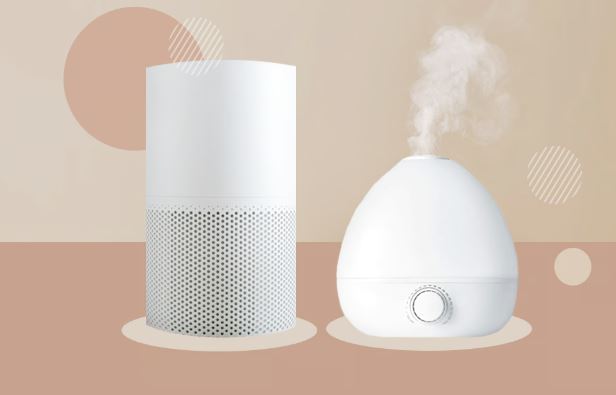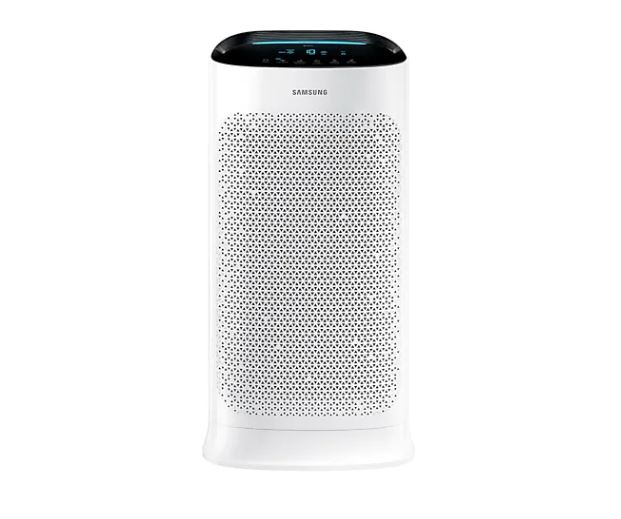In an era of heightened health awareness, the quality of the air we breathe has become a prominent focus for many people. With increasing environmental pollution and a deeper insight of the influence of indoor air quality on overall health on our health, it's no surprise that the air purifier industry is experiencing tremendous growth.
Air purifiers are devices that remove contaminants from the air in a room, improving indoor air quality. They are particularly beneficial for people with allergies, asthma, or other respiratory issues as they can significantly reduce the amount of allergens, pollutants, and irritants in the air. Even healthy individuals can benefit from air purifiers, as they give added assurance and protect against airborne pathogens.
This comprehensive overview will dive deep into the intriguing world of air purification, exploring their benefits, the array of models available, key considerations when choosing a purifier, and how to get the most out of your device. By the end, you should have a solid comprehension of air purifiers and be able to choose wisely about whether investing in one is the right choice for you and your family.

Unraveling Indoor Air Contaminants and Their Impact on Health
To grasp the importance of air purification, it's essential to grasp the variety of contaminants they address and the likely impact of exposure to these contaminants.
Indoor air pollutants can be generally classified into three primary types:
- Airborne Particles: This includes solid particles and liquid droplets floating in the atmosphere. Examples include pollen, smoke, dust, pet dander, and mold spores, to name a few. Particulate matter can lead to respiratory complications and trigger allergic reactions.
- VOCs: A Concern for Indoor Air: VOCs are gases released by solids and liquids. Sources of VOCs include paints, cleaning products, aerosol sprays, and pesticides. Exposure to VOCs can lead to irritation of the eyes, nose, and throat, as well as headaches and nausea.
- Biological Contaminants: These include bacteria, viruses, mold, and mildew. They can cause a range of health issues, from allergy symptoms to more serious health risks.
The consequences of exposure on human health can greatly vary. For those suffering from respiratory ailments or weakened immune systems, exposure to indoor air pollutants can lead to severe complications. Even those in good health, prolonged exposure over time to certain pollutants can increase the risk of respiratory conditions and other health concerns over time.

How Air Purifiers Work
Air purifiers use a variety of physical and chemical processes to effectively eliminate contaminants. Understanding the basic mechanisms employed by purifiers will help you grasp how they work and the variety of options on the market.
Here are the key processes and technologies used in air purifiers:
- The Power of Mechanical Filtration: This is the predominant technique used in air purifiers. It involves using filters designed to trap airborne particles as air is drawn into the purifier. The filters can be made from various materials, each designed to trap particular particle types. For example:
- Pre-filters: These are usually the initial barrier, catching larger particles like hair and dust.
- HEPA Filters: The Gold Standard: HEPA filters are highly effective at capturing microscopic particles, including bacteria, viruses, pollen, and dust mites. To be labeled a true HEPA filter, it must trap a minimum of 99.97% of particles down to 0.3 microns in size.
- charcoal filtration: These filters are designed to reduce VOCs and odors.
- Ionizers: Ionizers use electrical charges to create negatively charged ions, which attach themselves to particles in the air. The charged particles are drawn to nearby surfaces or the purifier itself.
- Ozone Generators: Some air purifiers use ozone as a potent disinfectant to destroy contaminants. While effective, ozone can also be harmful to human health so these types of purifiers should be used with caution and only in unoccupied spaces.
- UV Light: Shining a Light on Purification: UV light can be used to effectively eliminate bacteria, viruses, and mold. UV light and filters: a dynamic duo to trap particles, and UV light provides an extra layer of protection against biological hazards.
The Ultimate Air Purifier Guide
With a plethora of options available, selecting the ideal air purification system can be a challenging endeavor. It's important to consider multiple factors to ensure you make the best decision for your particular needs and room size.
Here are some essential factors to weigh:
- Sizing Up the Room: Air purifiers are typically rated for specific room sizes, so it's important to choose a model that can efficiently purify the air in the designated space. Most purifiers will list a maximum room size or a Clean Air Delivery Rate (CADR), which indicates the rate at which it can deliver clean air.
- Type of Contaminants: Identify the particular contaminants you want to target. If you suffer from allergies, look for a purifier with a HEPA filtration system. For reducing unwanted smells, consider a model with a carbon filter. If you're concerned about viral and bacterial threats, a purifier with UV-C light might be best.
- Whisper-quiet Performance: Air purifiers can produce a range of noise outputs, so if you plan to use it in a bedroom or quiet space, look for models with a low-noise or sleep mode.
- Long-term Considerations: Consider the long-term expenses and upkeep of the purifier. HEPA filtration systems may need periodic replacement, depending on use and environmental factors. Factor in the cost of replacement filters when making your choice.
- Additional Features: Many purifiers offer smart features like air quality sensors, automatic modes, and Wi-Fi connectivity, allowing convenient remote access and monitoring. These features can improve your purifier's performance and ease of use.
Optimizing Performance of Your Air Purifier
Once you've made your selection and installed it, there are several things you can do to ensure it operates at peak performance and delivers the maximum benefits:
- Strategic Positioning: Position your purifier in an unobstructed area, avoiding walls and furniture, to ensure efficient air circulation. Avoid placing it near windows or doors as drafts can interfere with its performance.
- Keep it Running: For the best results, it's recommended to run your purifier regularly. Many models have energy-saving features or smart modes that adjust the fan speed based on air quality, so you can maintain clean air without running up a huge energy bill.
- Regular Filter Care: Regularly follow the manufacturer's filter replacement guidelines. Over time, filters become saturated with particles, affecting efficiency. Set a reminder for filter changes so you don't forget.
- Limiting Indoor Pollutants: Alongside using an air purifier, take steps to limit indoor contaminants. This could include frequent dusting and vacuuming, opting for natural cleaning solutions, and reducing chemical or aerosol usage.